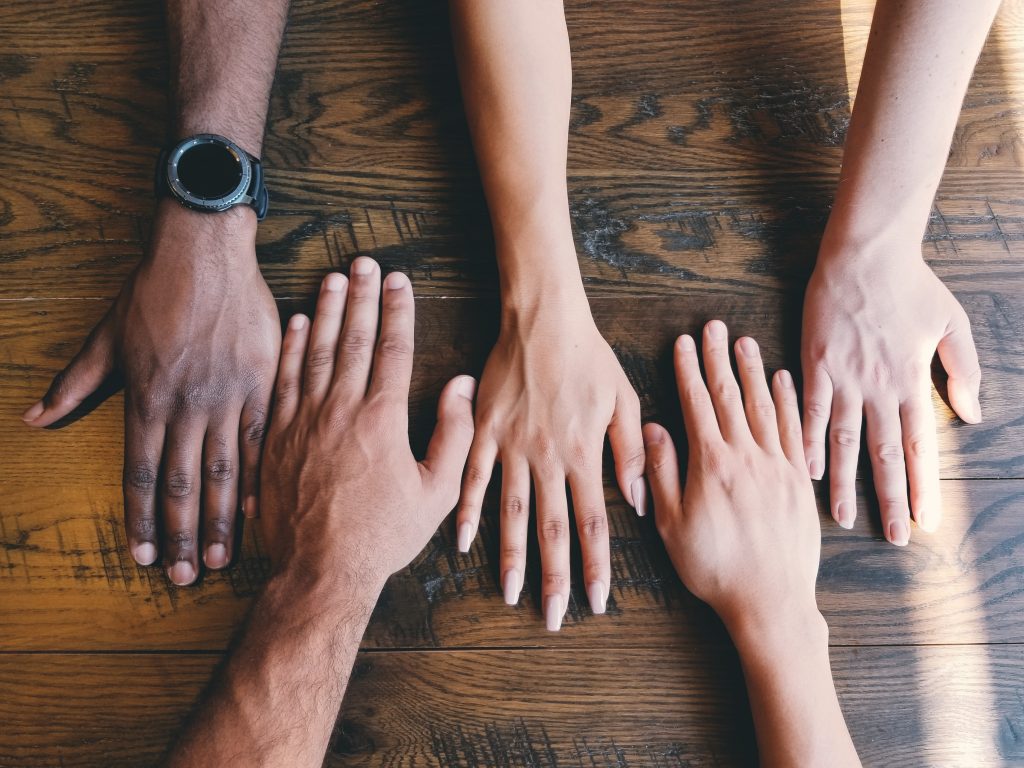By Eric Herschman, PsyD
It is well known that racism exists in contemporary America and that has severe consequences, including on our youth. One recent tragic example occurred on December 11, 2018 when a nine-year-old girl in Alabama took her own life after experiencing racist bullying in her elementary school (Andrew Arenge, 2018). It lives on in stereotypes, fear, prejudiced views, and white privilege. Beyond these interpersonal biases, it is present systemically in institutional, historical, and structural dynamics in our society, which perpetuate power and advantages of the dominant/white group. Members of this group engage in everyday acts of discrimination and disrespect, often with minimal insight and awareness. These microaggressions, subconscious actions, behaviors, and beliefs occur at all levels of socio-economic, educational, and professional status. Racism benefits those in power and as a result the concept of privilege should be recognized.
According to an NBC News|SurveyMonkey poll, a majority of Americans say racism remains a major problem, (Andrew Arenge, 2018). In that same poll, a majority believe white people benefit from societal advantages that people of color do not have. Complex, overt and subtle systems serve to keep racism active. However, people do not see themselves as racist and do not want to be perceived that way. Often, people are not aware that they grew up in a racist home or could unconsciously be transmitting racist views to their children.
Internalized racial oppression manifests itself in two forms. Internalized racial inferiority is the acceptance of and acting out of an inferior definition of oneself, given by someone in power, which is rooted in the historical designation of one’s race. Over many generations, this process of disempowerment and disenfranchisement expresses itself in self-defeating behaviors. Conversely, there is internalized racial superiority, which is the acceptance of and acting out of a superior definition rooted in the historical designation of one’s race. This process of empowerment expresses itself as unearned privileges, access to institutional power, and invisible advantages based upon race (https://www.pisab.org).
Racism continues, at times more subtly; for example, there are more serious disciplinary outcomes for people of color for the same infractions starting in pre-k; segregating Black history into one month as if it has no connection to American history the rest of the year; a high degree of residential and educational segregation in New Jersey making authentic relationships among children of different races virtually impossible; and differences in expectations that contribute to consistent achievement gaps between racial groups (Amanda Oglesby, 2018).
It takes courage and mindfulness to acknowledge one’s own white privilege and its influence in promoting racist views. People who identify as white enjoy even mundane advantages non-whites do not experience such as purchasing flesh-colored bandages consistent with one’s own skin color, grocery stores stocking a myriad of food options reflecting their own traditions, and buying hair care products in the shampoo aisle instead of the ethnic section. Ignoring a script of intolerance, however unintentional that script is, prevents us from being able to live a more fulfilled and satisfying life.
There are extensive examples of how promoting racial equality heals politically, economically and educationally. Democracy works best when it works for everyone. When people of color make financial gains, everyone benefits (Ben & Jerry, 2018). Fighting racism helps the entire country prosper. Research also indicates that educating children on diversity makes them smarter and they work harder, while increasing tolerance and decreasing prejudice. Students in integrated classrooms tend to achieve higher test scores, are more likely to enroll in college, racial achievement gaps close, and students are better prepared to participate in an increasingly diverse and globalized economy (Ben & Jerry, 2017).
Becoming more aware of one’s family history of bias and prejudice can be frightening when first unmasked. Acknowledging our roles in perpetuating the unfair perception and treatment of other members of the collective human race can change the next generation. We can teach tolerance and acceptance of racial differences. Our children watch how we talk and relate to people of color; they monitor how we respond to racist behaviors and comments made by others. To fully understand the complexity of racism in America, we can educate others about how racism gets internalized by people of color and white people differently. We can embrace learning about different cultures, beliefs, and ways of life.
For resources and training that delve deeper into how racism is a part of the fabric of our lives, visit this website: https://www.pisab.org/.
References
Andrew Arenge, S. P. (2018). Poll: 64 percent of Americans say racism remains a major problem. New York: NBC News. Retrieved from https://www.nbcnews.com/politics/politics-news/poll-64-percent-americans-say-racism-remains-major-problem-n877536
Oglesby, Amanda. (2018). NJ schools are segregated, group says; fixing that would force big changes, Asbury Park Press. Retrieved from https://www.app.com/story/news/education/2018/07/11/nj-schools-segregated-group-says-fixing-means-big-changes/698960002/
Ben & Jerry (2017). A Rising Tide Lifts All Boasts: Dismantling Systemic Racism Benefits Everyone. Retrieved from: https://www.benjerry.com/whats-new/2017/08/ending-systemic-racism


